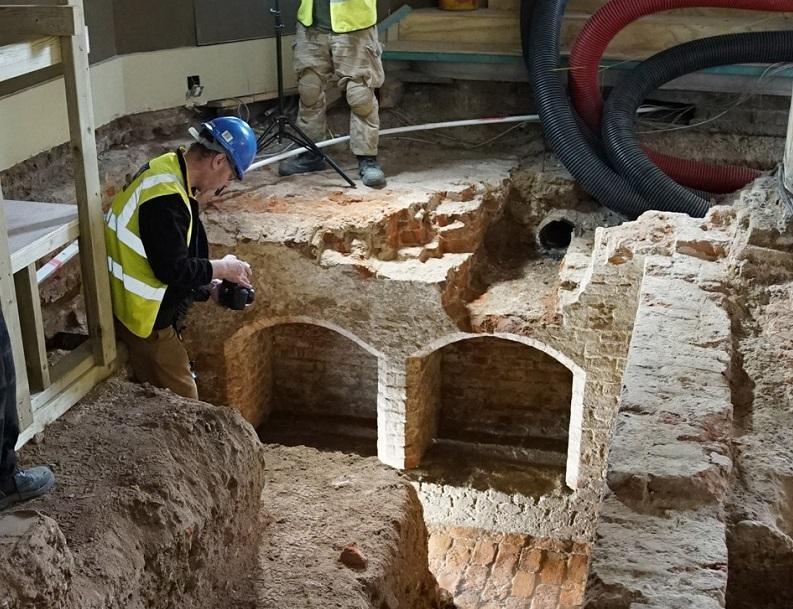Greenwich Palace: Archaeologists discover ruined remains of Henry VIII’s birthplace
The historic Tudor building was once comparable to Hampton Court Palace

Your support helps us to tell the story
From reproductive rights to climate change to Big Tech, The Independent is on the ground when the story is developing. Whether it's investigating the financials of Elon Musk's pro-Trump PAC or producing our latest documentary, 'The A Word', which shines a light on the American women fighting for reproductive rights, we know how important it is to parse out the facts from the messaging.
At such a critical moment in US history, we need reporters on the ground. Your donation allows us to keep sending journalists to speak to both sides of the story.
The Independent is trusted by Americans across the entire political spectrum. And unlike many other quality news outlets, we choose not to lock Americans out of our reporting and analysis with paywalls. We believe quality journalism should be available to everyone, paid for by those who can afford it.
Your support makes all the difference.Archaeologists have unearthed the remains of Greenwich Palace, the birthplace of Henry VIII and his daughters Mary and Elizabeth I.
A team working on a development underneath the Old Royal Naval College in Greenwich, southeast London, discovered two rooms belonging to the old Tudor palace.
The rooms are believed to have been used as kitchens, a brewhouse or laundry areas.
One of the rooms featured a lead-glazed tiled floor and the other contained what experts believe are “bee boles” - wall cavities which housed beehive baskets or “skeps” during the winter months, when bee colonies hibernate.
The cavities may also have been used to store food and drink to keep it cool, when the hive baskets were kept outside in the summer.
The size and scale of Greenwich Palace was once comparable to Hampton Court Palace and it contained state apartments, a chapel, courtyards, gardens and an area for jousting.
It was demolished in the 17th century and the Old Royal Naval College was constructed where the palace once stood.
Chief executive of Historic England, Duncan Wilson, told The Wharf: “This is a really remarkable find.
“The Tudor period is one which grips the public imagination like no other, probably because of the larger-than-life characters like Henry VIII and Elizabeth I, as well as the significance of the buildings.
“To find a trace of Greenwich Palace, arguably the most important of all the Tudor palaces, is hugely exciting.”
The Painted Hall at the Old Royal Naval College, described as the “Sistine Chapel of the UK”, is currently being renovated.
Join our commenting forum
Join thought-provoking conversations, follow other Independent readers and see their replies
Comments